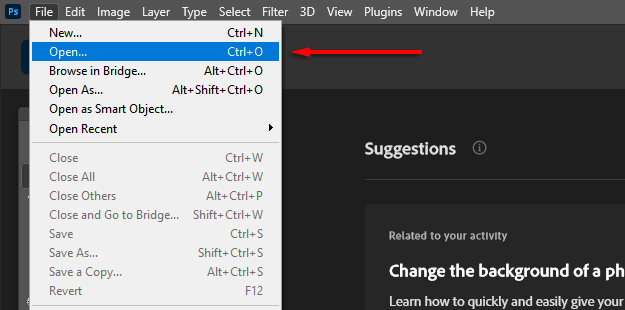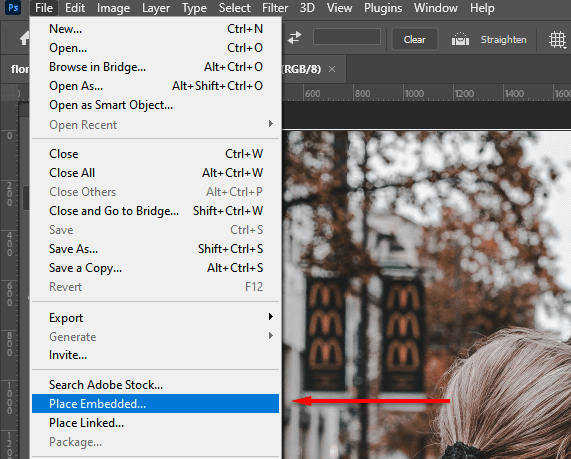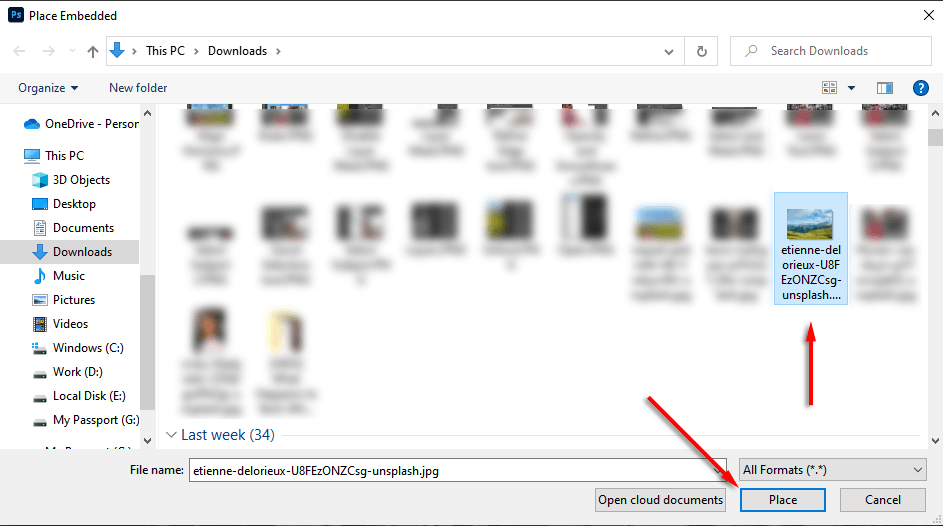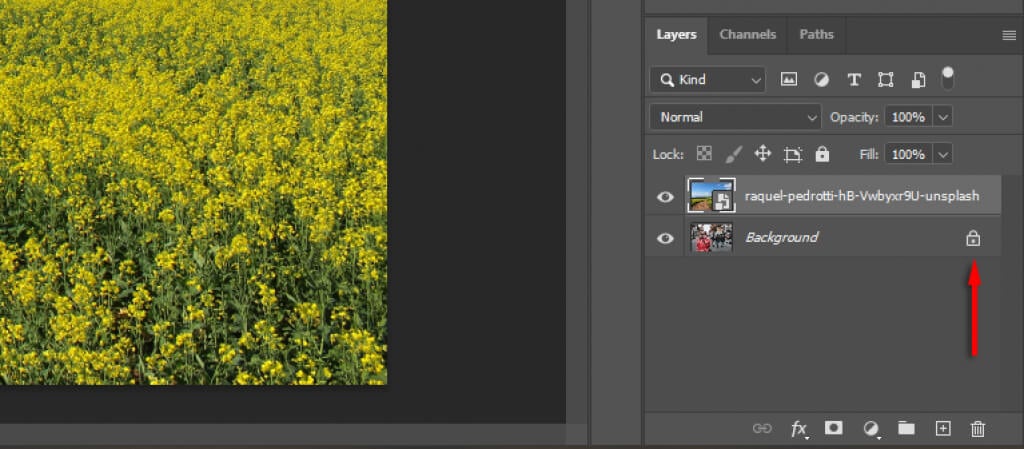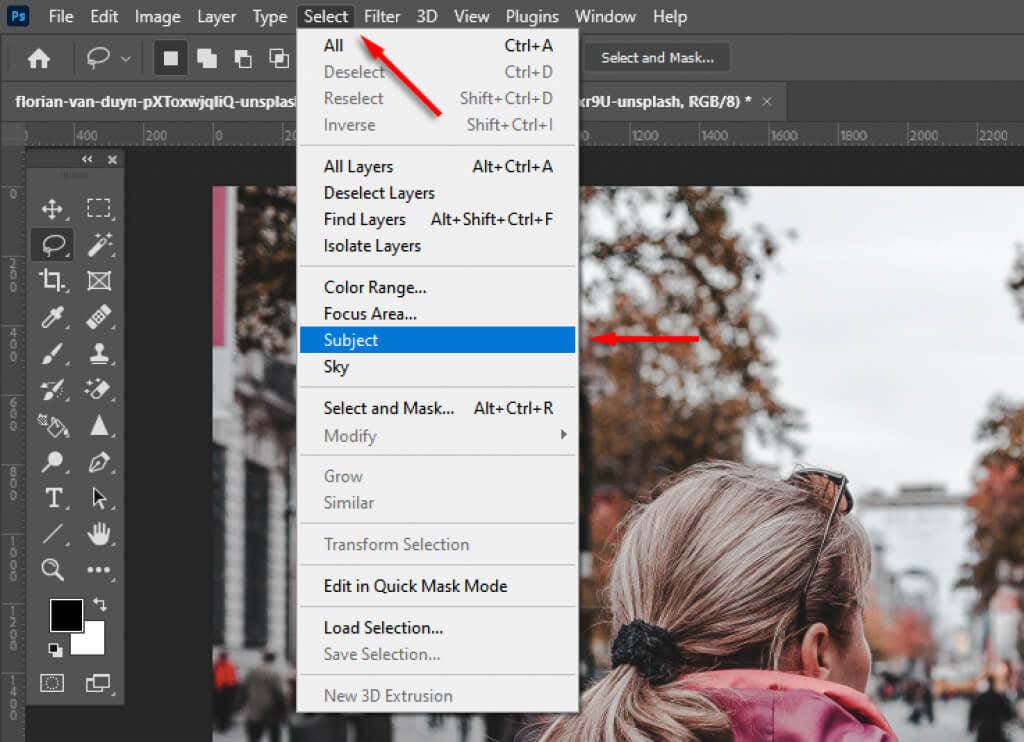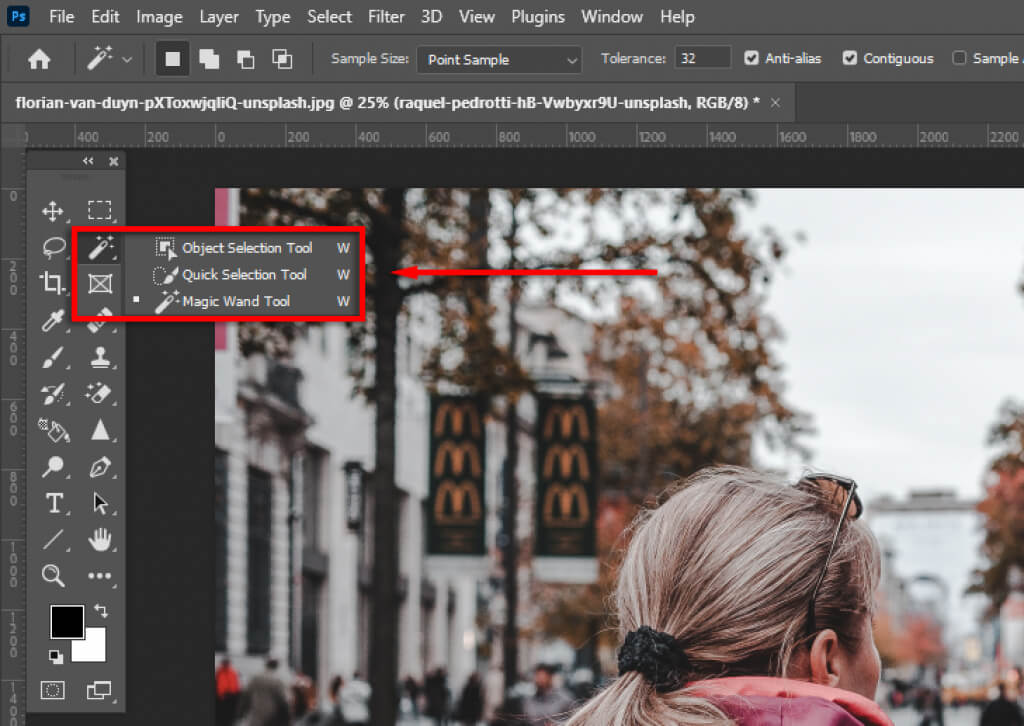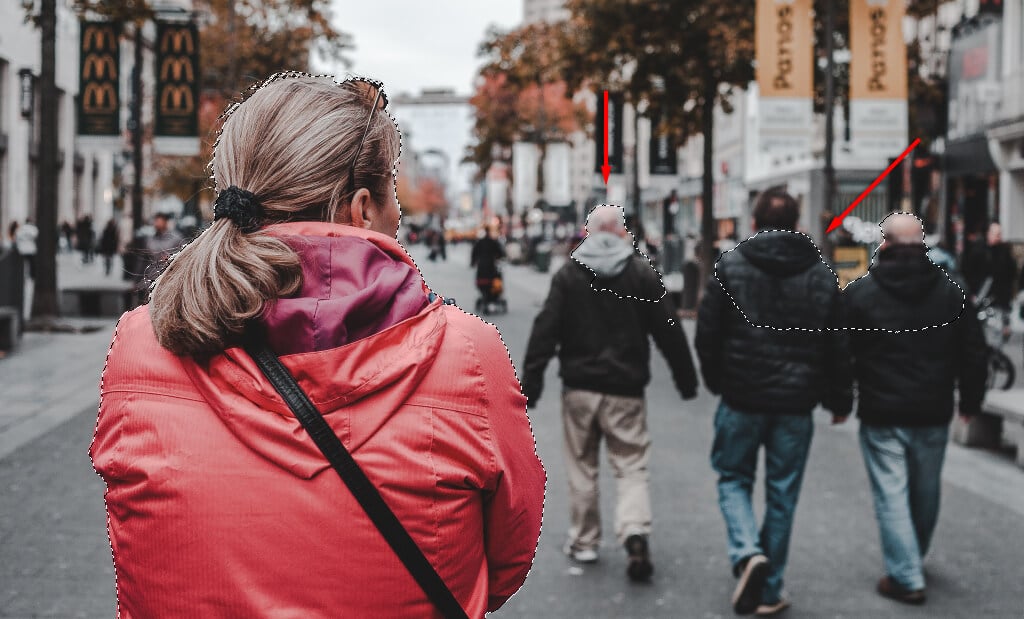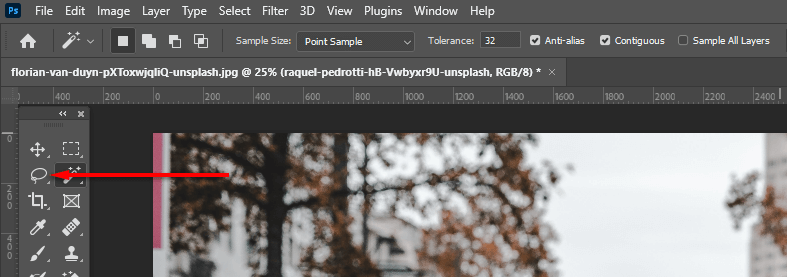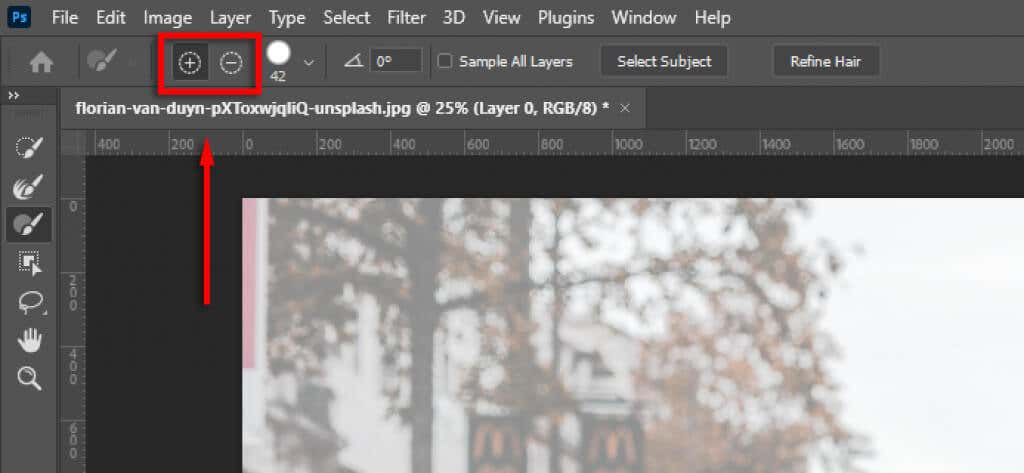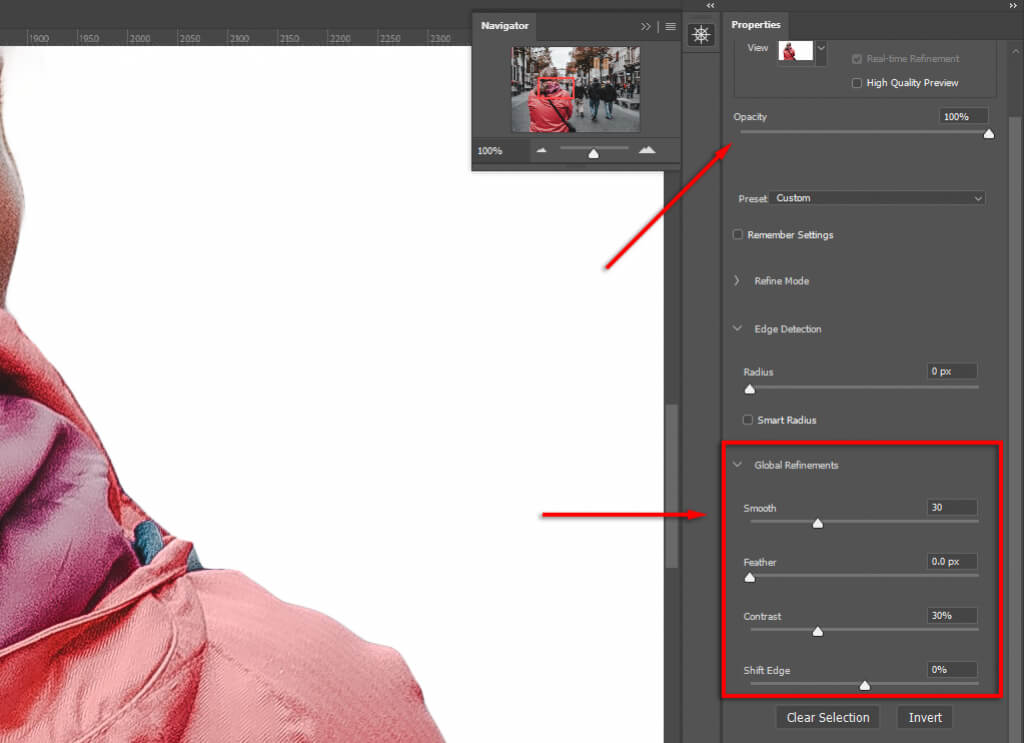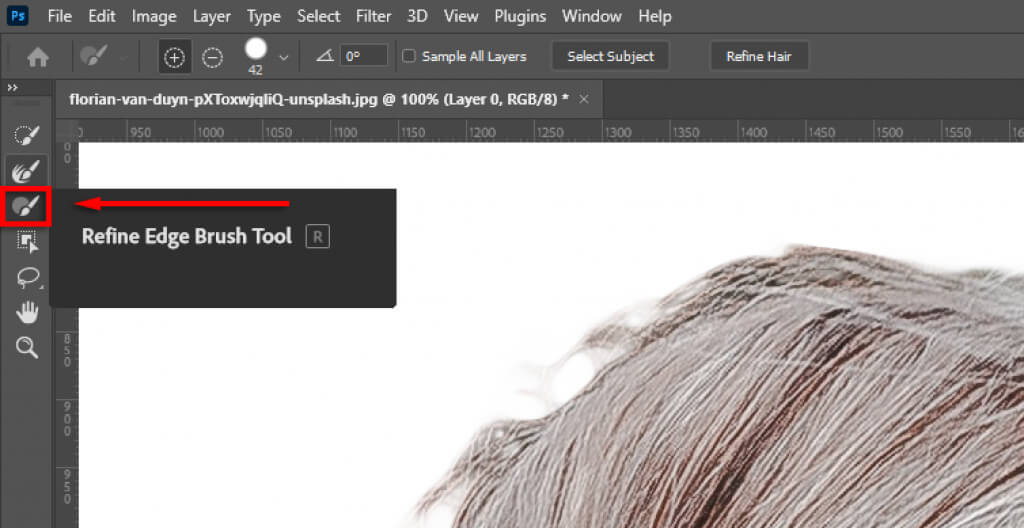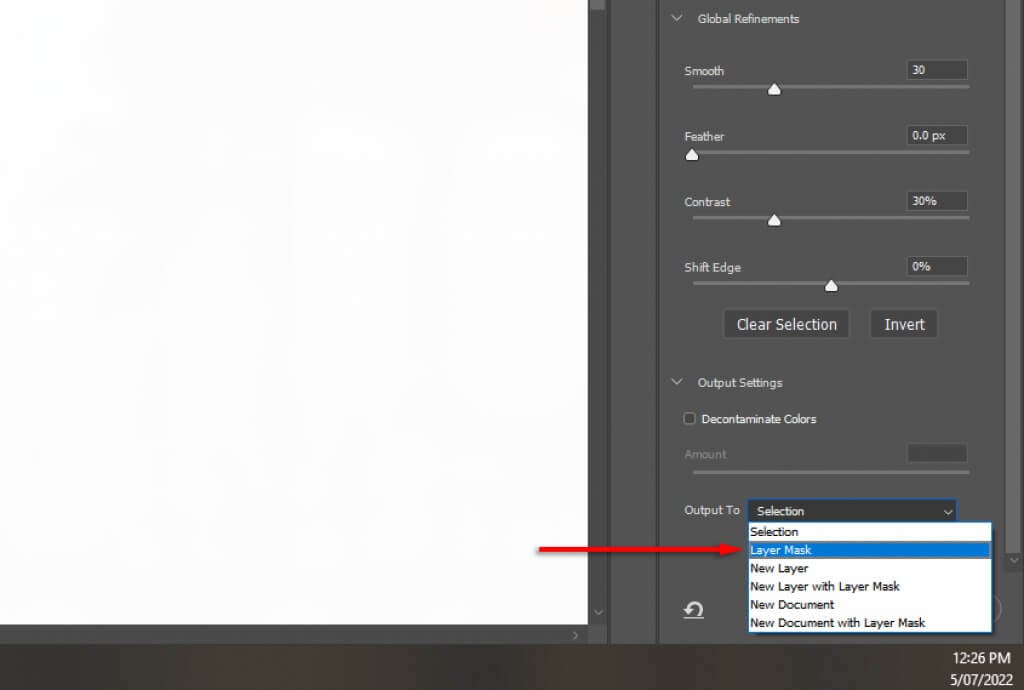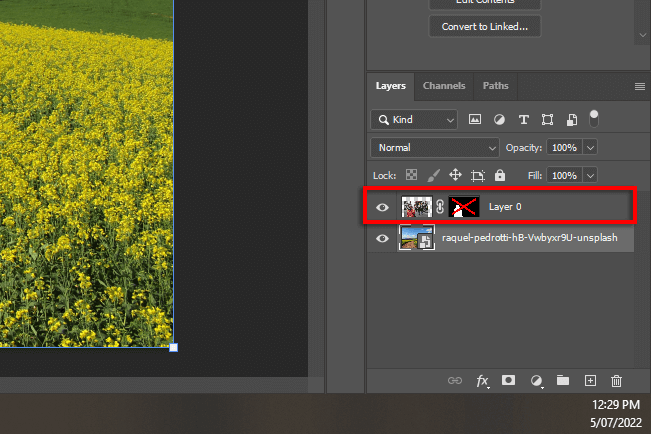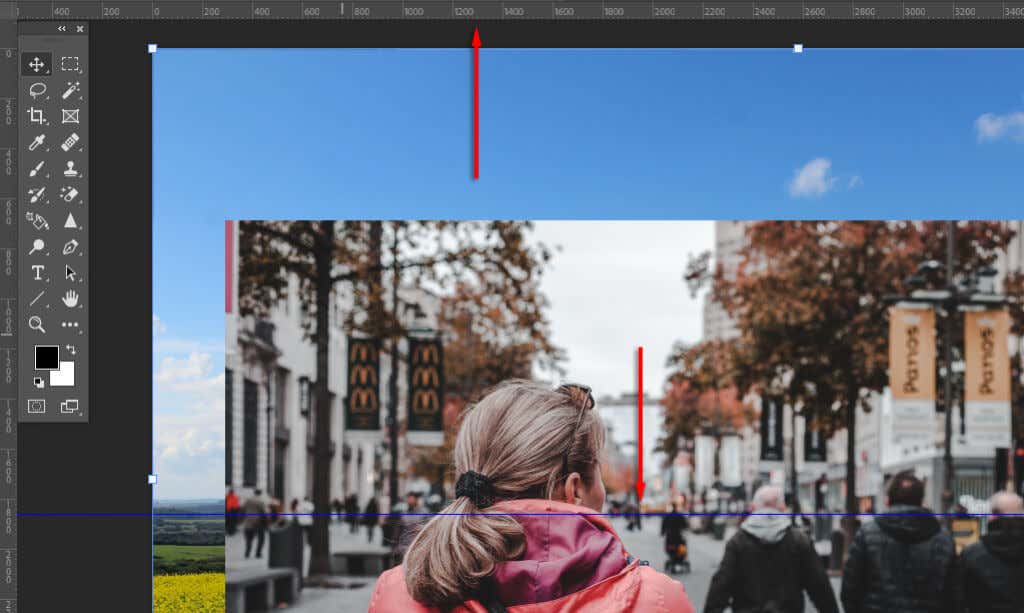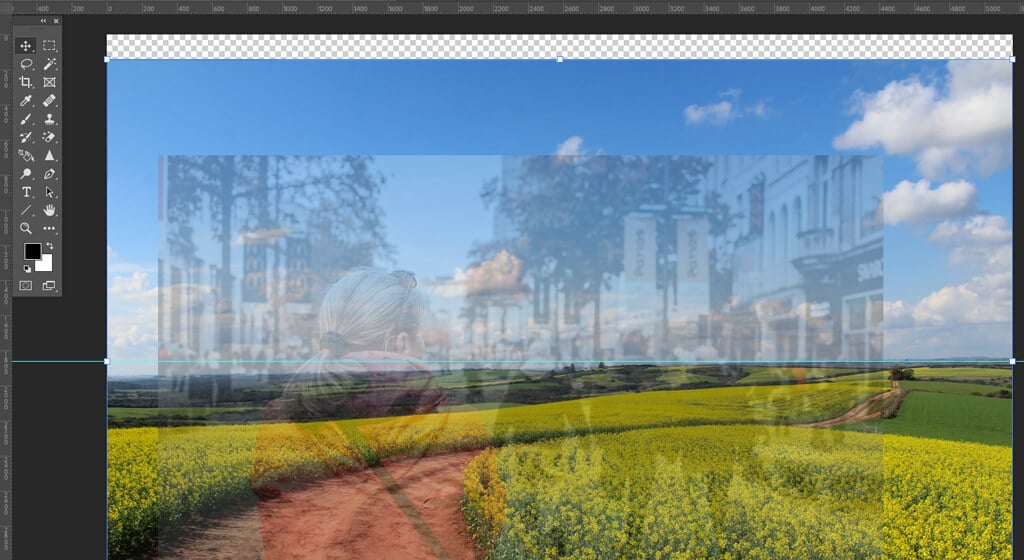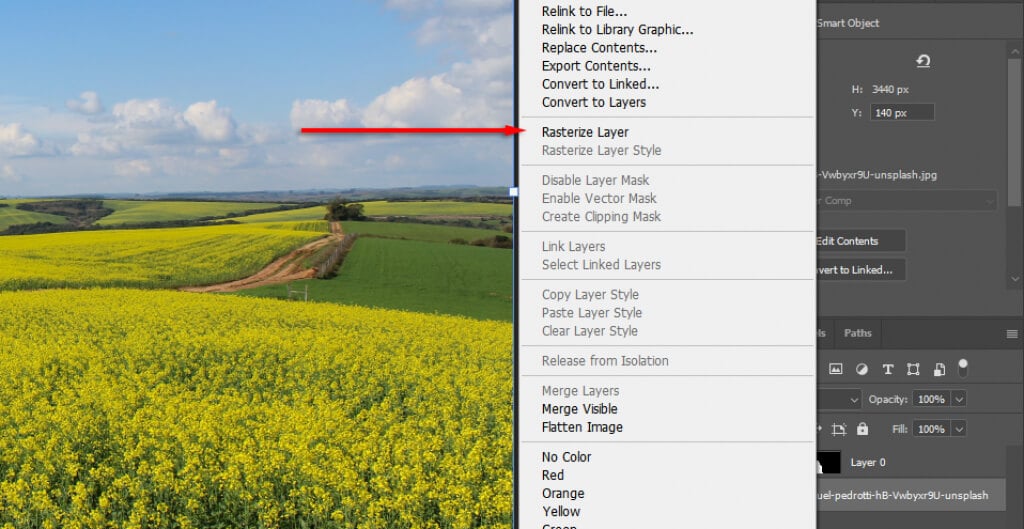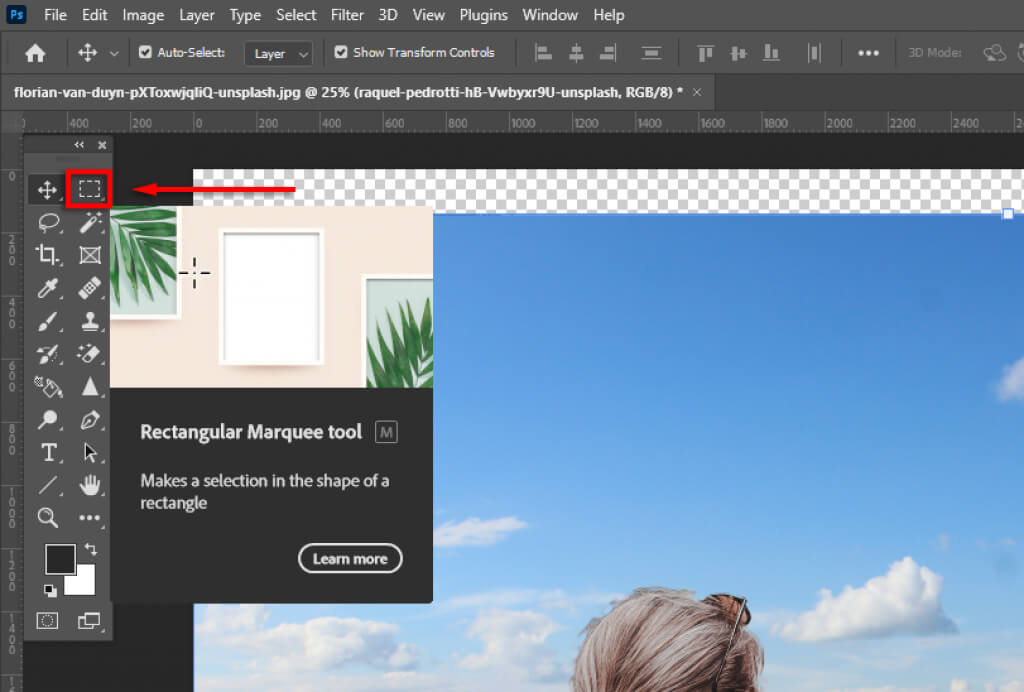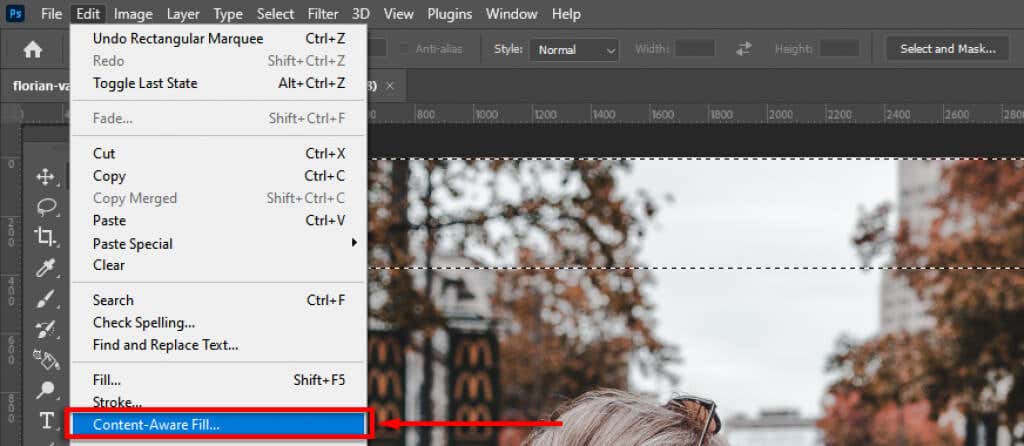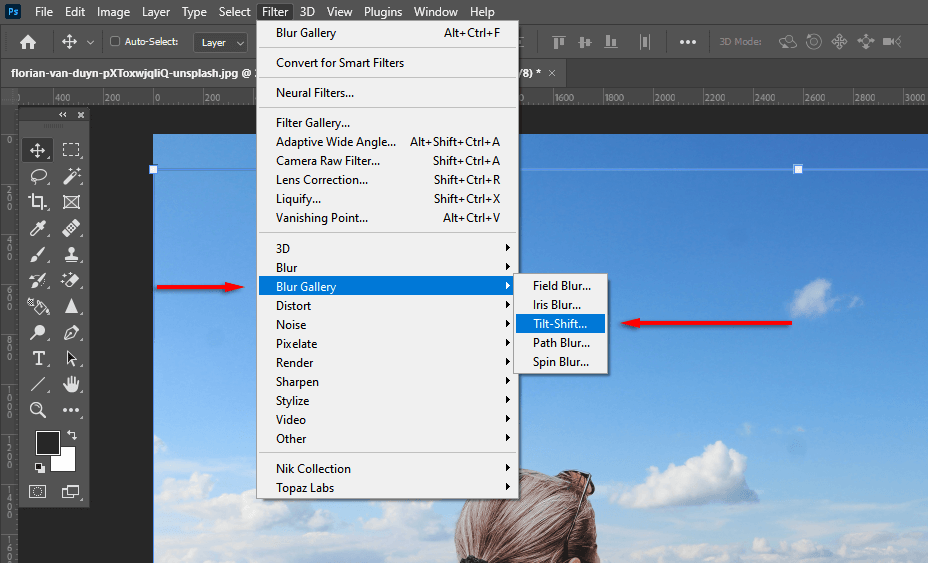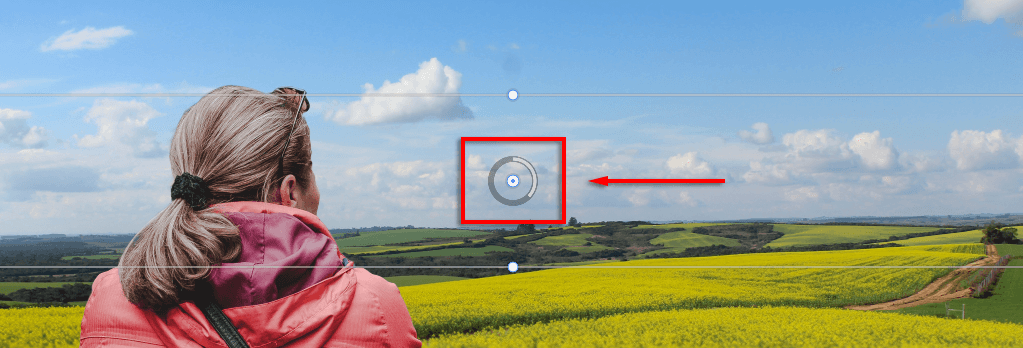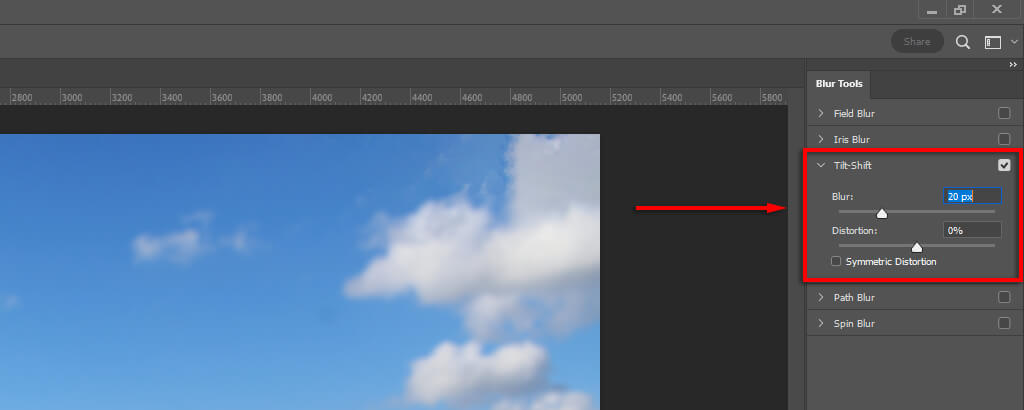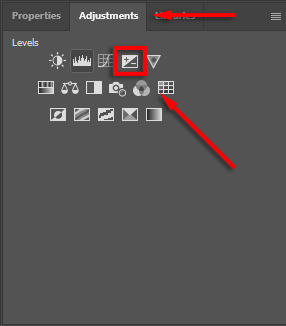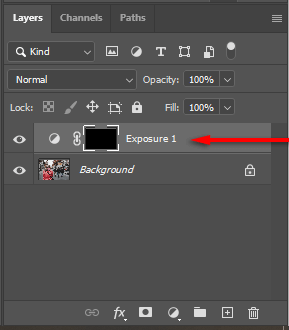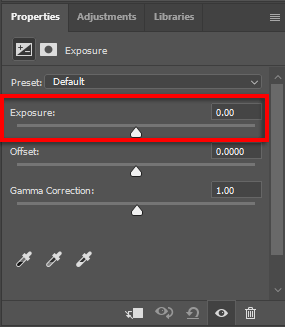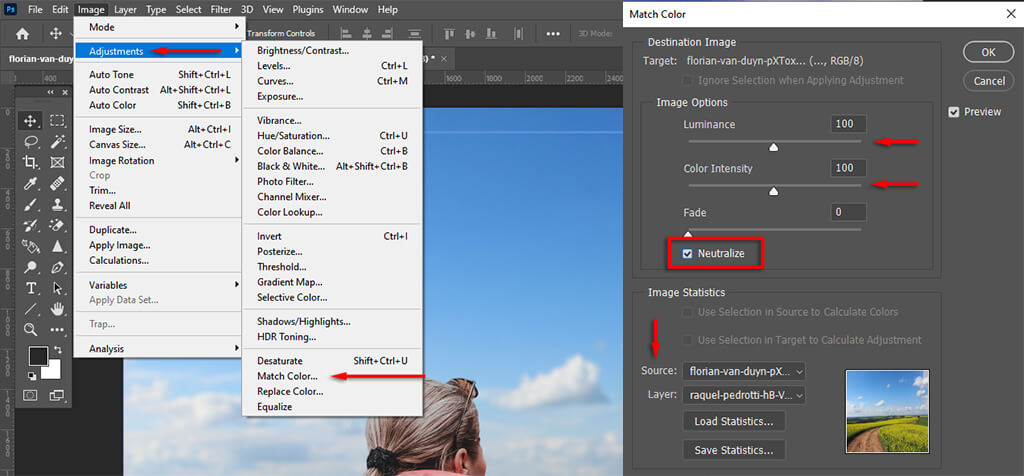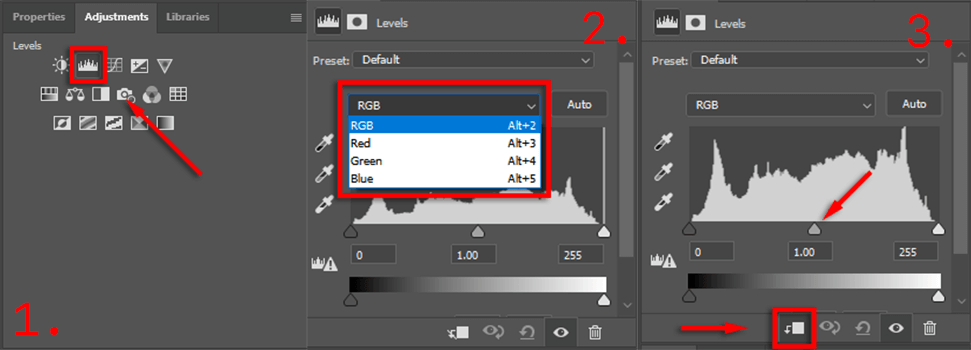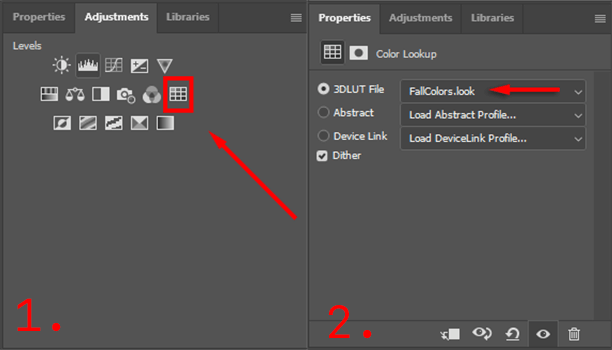In this Photoshop tutorial, we’ll show you how you can replace the background image, including how to select your subject and color match the original images.
How to Change Background Images Using Photoshop
There are several steps to replace a background image in Adobe Photoshop CC. Firstly, you need to import both the original image and your new background image. Then, you need to select and mask your subject, subtract the background, and overlay the subject on the new background. Finally, you can add finishing touches such as color to match the two images. Of course, this will be easier with an image that has a clearly defined subject and background, such as the image we’ve chosen to illustrate the process. If there are several subjects, or there is a foreground or an unclear background, it will be more difficult to create a convincing image. With that out of the way, here’s how to change the background of an image.
Step 1: Import the New Background Image
The first step is to open your image and import the new background. The trick here is to use a background image that fits the perspective of your subject as best as possible. In our example, a lady is looking into the distance and her upper body is visible. Choosing an image with too much of a foreground would not match it, so we’ve chosen a distant landscape with a similar perspective as the new background.
Step 2: Select and Mask the Subject
There are several ways to create a selection. If you have a clear subject, Adobe Photoshop’s automatic subject selection tool is the easiest to use. However, you can use a combination of the Quick Selection tool, the Magic Wand tool, and the lasso tool to select your subject, too.
Select Your Subject
Refine the Selection
Note: The more time you spend refining your selection, the better your results will be. Zoom in and pay close attention to any areas that Photoshop has accidentally added or removed. You can always adjust your selection later by double-clicking the mask layer.
Position Your Subject in the Composition
Now, simply click and drag your subject to where you would like them to appear in the final image. This is entirely up to preference.
Step 3: Match the Perspective
Matching the perspective from the original photo to your new background will help make the image look more realistic. To do so, you can use the ruler tool to mark where the horizon is in the original image, and line the new background up so that it’s in more or less the same position.
Step 4: Content-Aware Fill
If you have reached the edge of your image and introduced a transparent background, you can use the Content Aware Fill tool to create a background in that area. If your background has no transparent pixels, you can skip this step.
To fill the transparent area:
Step 4: Match Depth of Field
The next step is to match the depth of field of your original image. For this, you have to image how cameras work, and which parts of the image should be in focus. In our example, the woman in the foreground is in focus, meaning everything in the distance will be out of focus. The further away, the more out of focus it will be.
To add this effect, we’ll introduce blur to the background image:
Step 5: Match the Lighting
You may notice that your subject and the new background have different light sources. This can be difficult to adjust, so it’s better to choose a background with a similar light source. In our example, you can see in the background that the light source is to the left (the shadows fall to the right). However, in the subject, the light source is more top down.
This can be adjusted by introducing lighting and shadows. To do so:
Step 5: Color Match Your Images
At this point, you should have your subject nicely aligned on the new background. However, you will notice that the two images have different color tones. To fix this, you may need to:
This will take some playing around to get it perfect, but the more attention you pay to details, the better your image will look in the end.
Export Your Final Image
That’s it. Simply click File then Save As to save your final image as a JPEG. As you can see, background removal is relatively simple, but it will take a keen eye for detail to get it perfect – so don’t give up!

